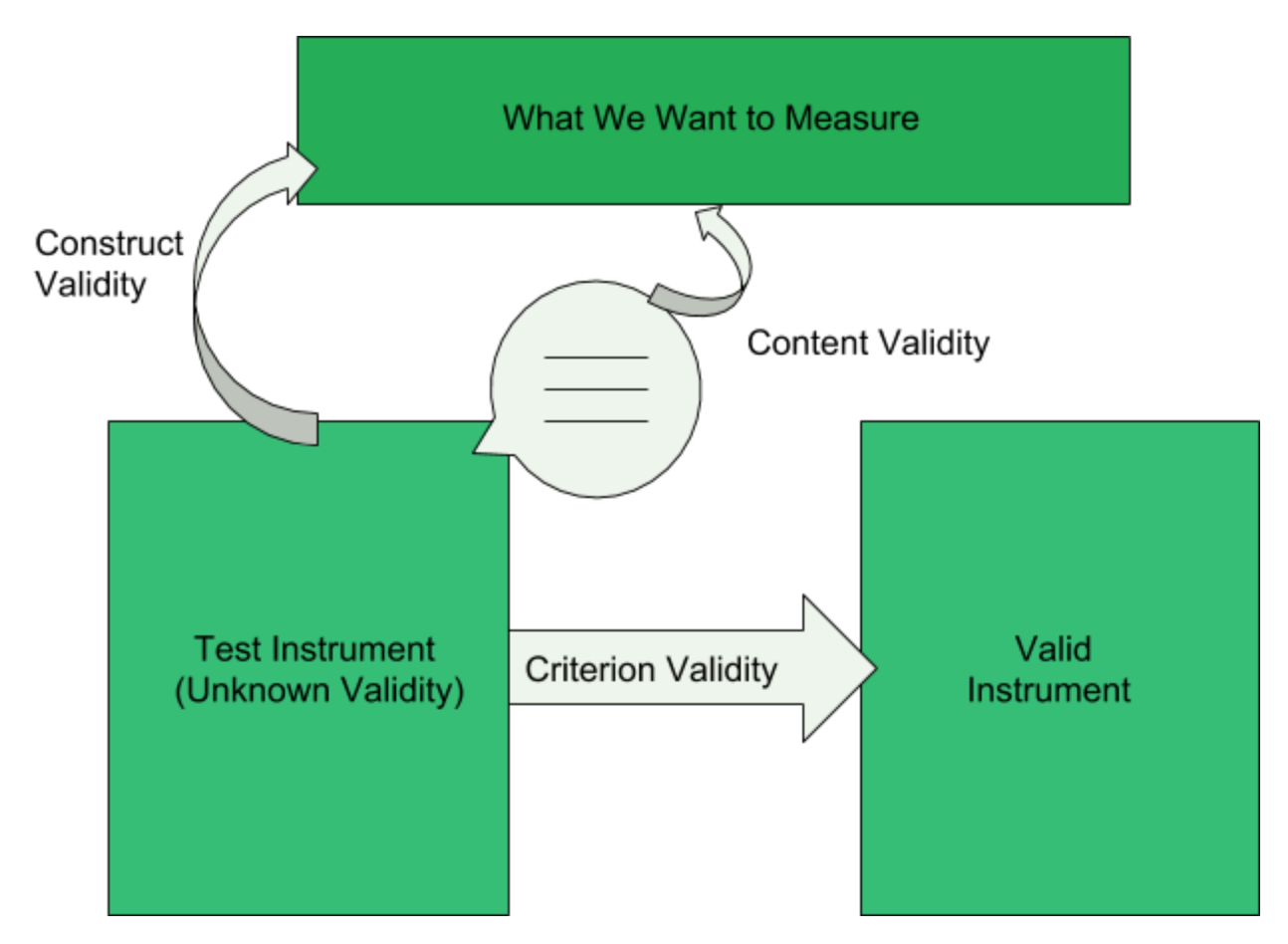
And if you’re shopping around for a hiring assessment, it’s important to understand both what both concepts mean, why they’re so important, and how they differ.
Construct validity: It means the relation between the job and its score in practical aspects. It’s a common mistake to assume that reliability and validity, as they relate to pre-employment tests, are essentially the same thing. those we do well in the test do well in job). Describe the kinds of evidence that would be relevant to assessing the reliability. Concurrent validity: It means, the degree to which test score correlates with job performance (i.e. Define validity, including the different types and how they are assessed. timing gate height) factors influencing score variance 7. The validity of an assessment tool is the. Why is Reliability important Understanding and testing reliability is relevant for both the practitioner and the researcher when selecting a measure 3, since it provides insights into the biological (e.g. Predictive validity: It means the performance of an employees or test score highly correlates with the future requirement of the job. The reliability of an assessment tool is the extent to which it consistently and accurately measures learning. In other words, the content that choose for data entry test is a representative sample of what the person needs to know for the job, then the test is probably content valid. Content validity: Content validity means, the content of the test item correlates highly with the job content. In other words, validity tells us whether the test is measuring what we think it’s supposed to be measuring. Therefore I believe that reliability is important in psychology, as it allows us to see whether measurements are stable and consistent and from this we are able to make conclusions and used it to help predict some aspects in there future.Validity (legal acceptance): It measures to prove that something is true or correct. This highlights reliability’s importance since, because of its poor internal reliability, all the data gained from this IQ test would be inaccurate and pretty unusable it wouldn’t be measuring the ‘true’ value of each individual’s intelligence. As a result of the tests design, the results of the test will show most of the sample as being equally intelligent. This is and example of bad internal validity. In fact, all research, no matter how well controlled, carries the potential to be wrong. But even marketers conducting small, informal research should know that any type of research performed poorly will not yield relevant results. In an IQ test, half of the questions are ridiculously easy, and the other half are ridiculously hard. As we discussed, not all research requires undertaking an elaborate study. When I was reading the oxford AS and A-level psychology book I came across an example of internal reliability demonstrating a form of internal reliability and I thought to my self that maybe this was a bad form of reliability. It has also been used in different way to observe the relationship between man and dog. If only a small difference is foundīetween the two sets of data, then it can be said that it is reliable.Ī famous research by Mary Ainsworth has show reliability with her strange situation study on how attachment styles vary between babies.* It has shown reliability as it has been tested using the same or similar methods through out the world and is very popular. This is done to see if the measurements are the same once conducted more that once. 
Unless measurement instruments validity (accuracy) and reliability (consistency). I believe that reliability is important because it allows us to be more confident that the difference between measurements is due to the treatment effects and not chance.Įxternal reliability can be assesses using the test retest method, in which a measurement or participant is measured again under the same circumstances on two different occasions. Measurement of nursing phenomena is a major concern of nursing researchers. External reliability is how a measurement is same/different from one use of the measurement to another, whereas internal reliability is how consistent a method measures within its self.


There are two types of reliability, external and internal. Reliability is the consistency and stability of a study or measurement.







 0 kommentar(er)
0 kommentar(er)
